Nature reports
Page 13 of 40 - 399 Results
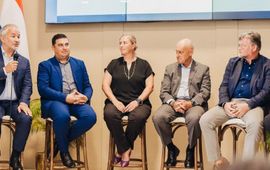
During the Nature-Based Solutions for Ecosystem Restoration Symposium, Arno Verhoeven showcased a number of flourishing Nature-Based Solutions ongoing within the Dutch Caribbean. From community-driven endeavors in St. Eustatius to..
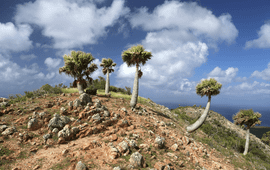
Scientists from CARMABI and Wageningen University and Research made a groundbreaking discovery this week: a previously unknown population of the Curaçao Kabana palm on the eastern slope of the Christoffelberg. These palms are..
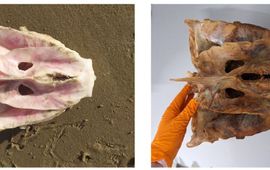
Naturalis' free question service helps young and old to name finds from nature. Each year, we receive about 2,500 questions and this year even more than 3,000. What were the most surprising nature questions of 2023?..
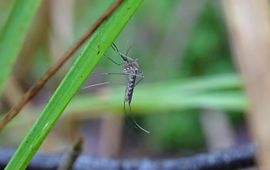
Since the discovery that mosquitoes can transmit diseases, researchers have been interested in their distribution. However, the insect often continues to be a city resident that remains unnoticed. Therefore, researchers have now..
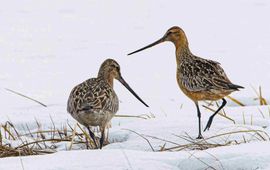
Changing climate may slowly erode the difference between two subspecies of bar-tailed godwits. That warning is voiced by bird researchers from the Royal Netherlands Institute for Sea Research (NIOZ) and the University of Amsterdam..
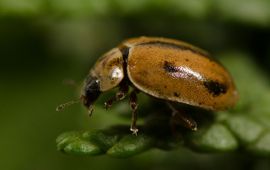
Every Christmas the stories resurface: supposedly about 25,000 creatures are living in your Christmas tree. Exactly how much of this is true and which insects can actually be found? Naturalis' insect expert Aglaia Bouma can tell..

Birds are affected by the mass use of fireworks on New Year's Eve up to a distance of ten kilometres away. This is concluded by researchers of the University of Amsterdam, based on data from weather radar and bird counts. They..
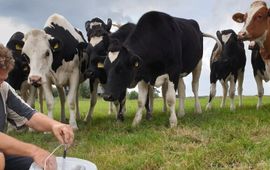
How do we enhance biodiversity on farmland? To do this, farmers need to be motivated to care and promote it. But it also requires people who can monitor the developments through their observations and counts. Citizen science is..
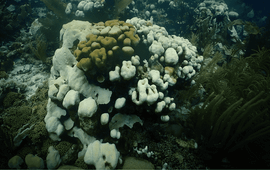
The Caribbean Research & Management of Biodiversity Foundation (Carmabi) has noted that there is another ‘coral bleaching event’ on the coral reefs of Curaçao this year. This phenomenon was noticed about 16 weeks ago and is..
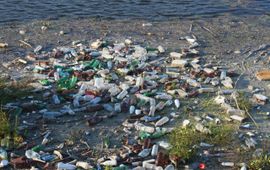
Plastic pollution is a global problem and Dutch rivers are no exception. Anyone who has ever walked along their banks will know the sight of bottles, caps and food packaging. But some of that litter may originate from elsewhere...
